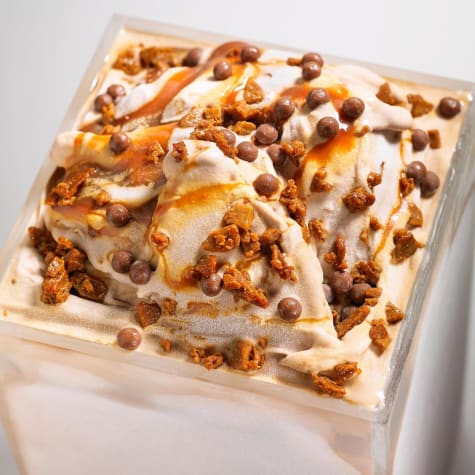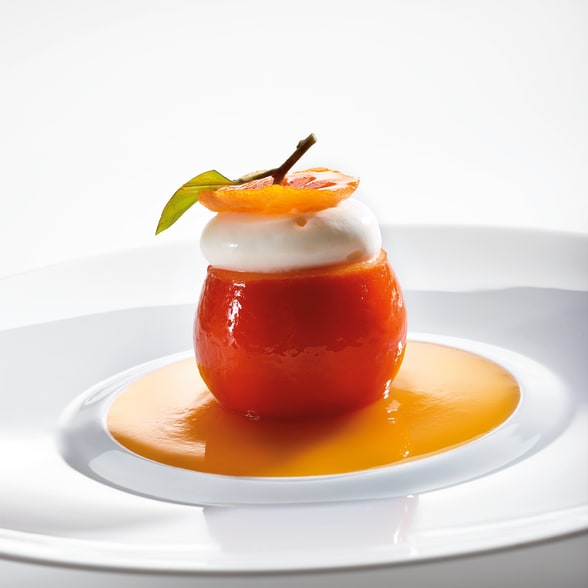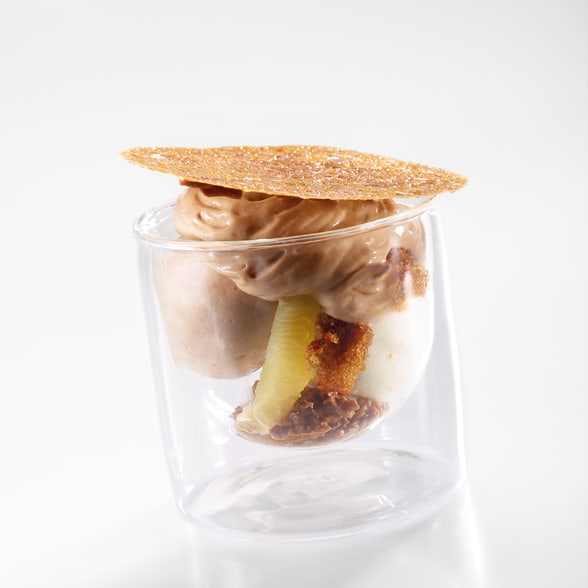You are using an outdated browser. Please upgrade your browser to improve your experience and security.

The art of Ice-Cream
Edito
The art-craft of ice cream is the alliance of the pastry chef creativity and the right selection of the freshest ingredients.
In fact, they play a decisive role in the recipes : Isigny's butter, Ardèche's chestnut spread, Piedmont's hazelnuts, Valrhona's chocolates, seasonal fruits, ... So many ingredients to create a unique and delicious ice cream.
The know-how of the ice cream maker completes the recipe as it requires a few specific skills to elaborate the perfect ice cream!
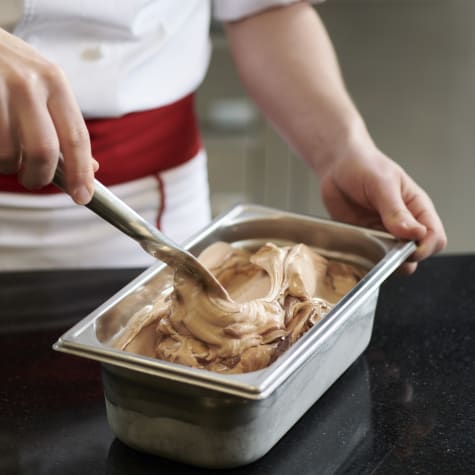
Inspiration Recipes
Ice cream eaten per person per year*:
In France: 6 L
Sweden: 12 L
Italy: 9 L
United Kingdom: 9 L
Germany: 7 L
Spain: 6 L
* Source: Syndicat des Fabricants Industriels de Glaces, Sorbets et Crèmes Glacées.
A signature dish of top chefs
Top chefs are also turning to ice cream because it lets them create desserts which suit their cuisine: far eastern restaurants might use orange blossom or spices, while hotel tea rooms could opt for tea ice cream, for example.
A source of creativity
Ice cream can bring out the best in an ingredient while preserving its original flavor. It can also be used in all kinds of dishes. It is no surprise then that it has become an inexhaustible source
Of creativity and innovation, inspiring everything from iced burgers to eclairs or babas and rippled or filled ice creams. New concepts which play with flavor, texture and format are constantly springing up.
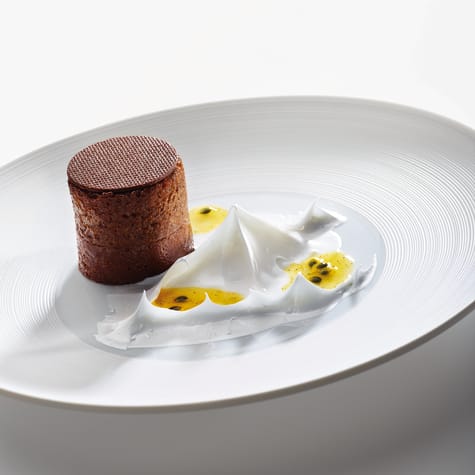
A top trend in restaurants
There are a number of ice cream trends:
- unusual flavors. Cactus, rosemary, chili pepper, yuzu, violets… the possibilities are endless! Also popular are ice creams inspired by cocktails like mojitos, as well as cakes (cookie and peanut ice cream, for instance).
- an emphasis on high-quality ingredients. Products’ origins are highlighted, and ingredients are carefully selected – they might be organic or fair trade in the case of special coffees or cocoas for example.(flavors include cassis de bourgogne, cavaillon melon and venezuelan cocoa.)
A much loved dessert all year round
Ice cream is not just eaten in summer anymore: the french are now eating as much in winter as they did in summer 10 years ago! More and more artisanal ice cream makers are popping up, and as a result they are having to compete to come up with the most imaginative desserts in the high season. That could be valentine’s day, when they might sell rose or raspberry ice creams, or Christmas, when the focus is on yule logs and ice sculptures.
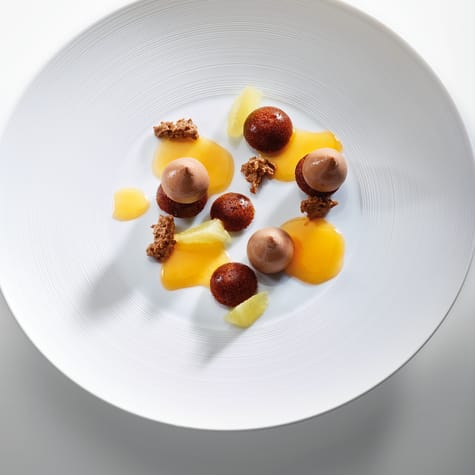
The different categories of ice cream
The ice creams and sorbets market includes 4 main categories of products according to the nature and proportions of ingredients used.
- Ice creams are made from a mixture of milk, cream, sugar and other ingredients defining the ice cream's flavour
(i.e. chocolate, fruits, etc.). The fat content should be 5% minimum. - Egg based ice creams are made from a mixture of milk, egg yolks, sugar and other ingredients defining the ice cream's flavour (i.e. chocolate, fruits, etc.). The egg yolks content should be 7% minimum.
- Fruits or syrup based ice creams are made from a mixture of water, sugar, fruits with milk and cream added. The fruits content should be 15% minimum.
- Sorbets or sherbets are made from a mixture of water, sugar with at least 25% fruits content (15% for acid fruits). Fruits sorbets with 45% fruits content are considered high quality ice creams made by pastry chefs and ice cream makers.
The fruits can eventually be replaced by wine, liquor or alcohol.
